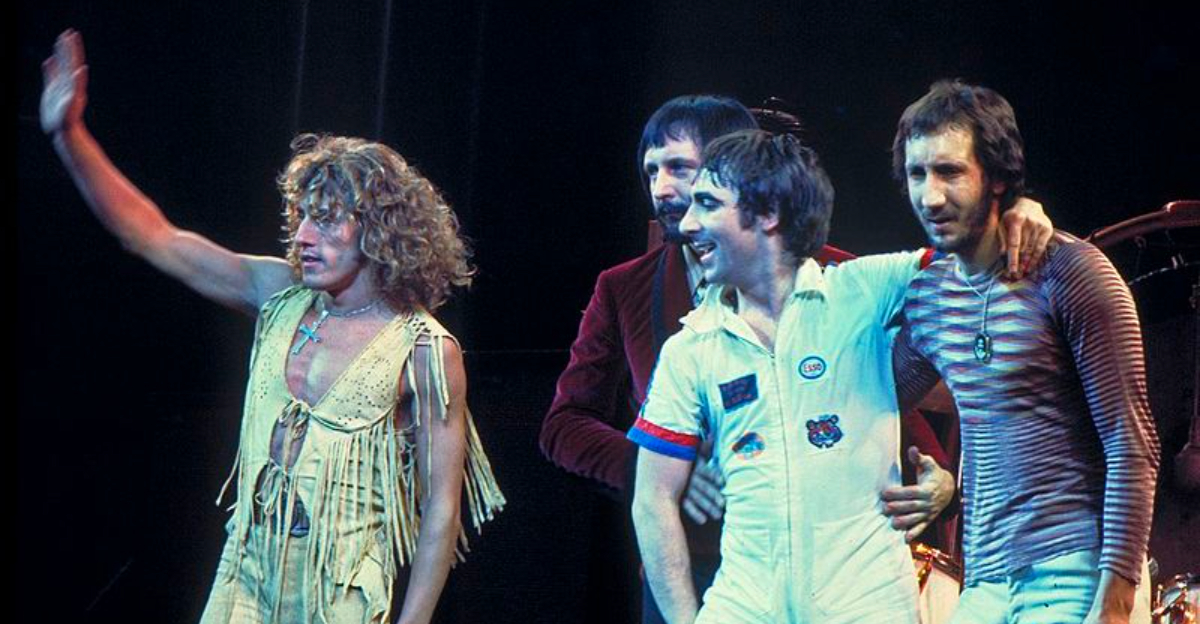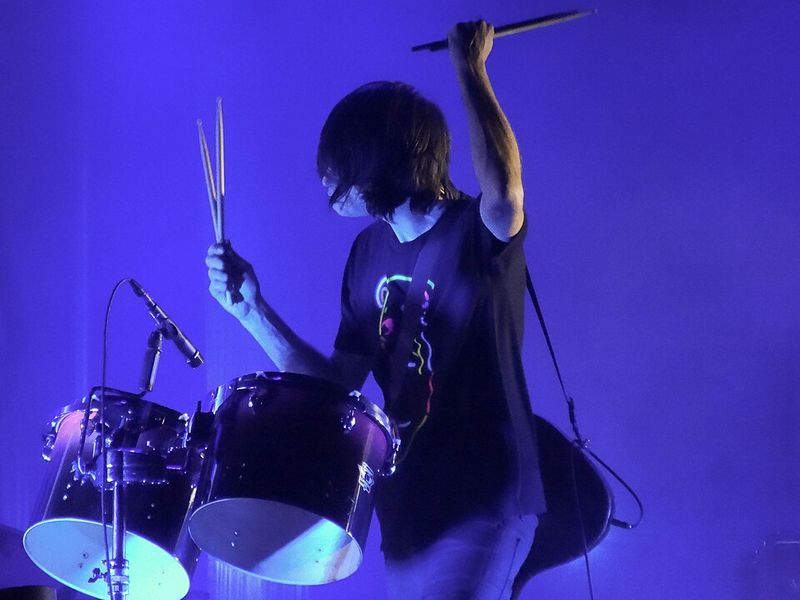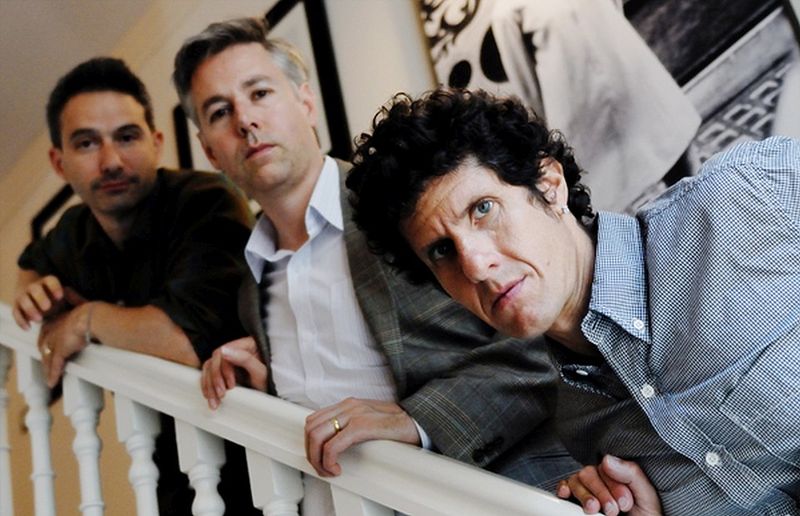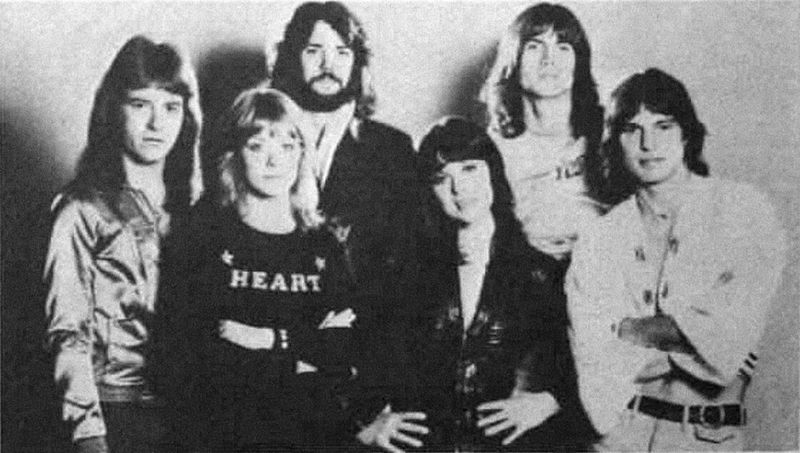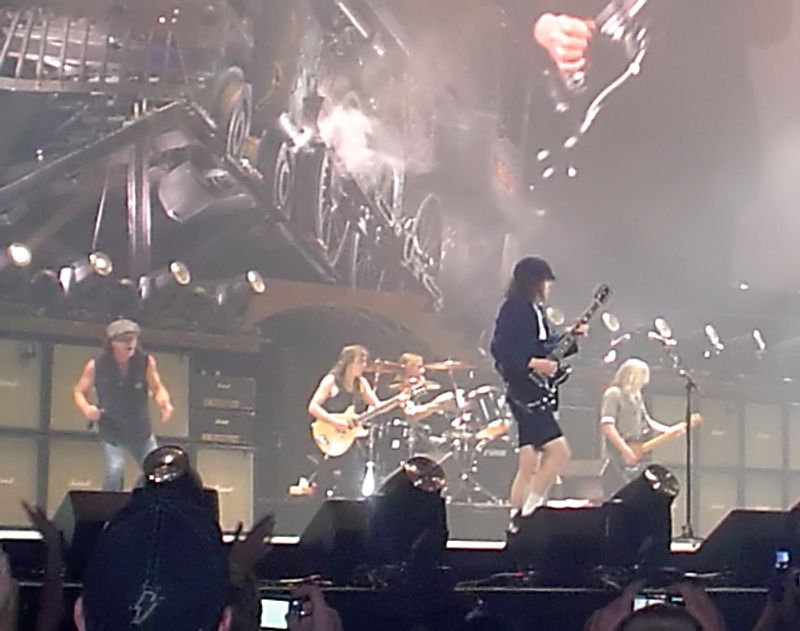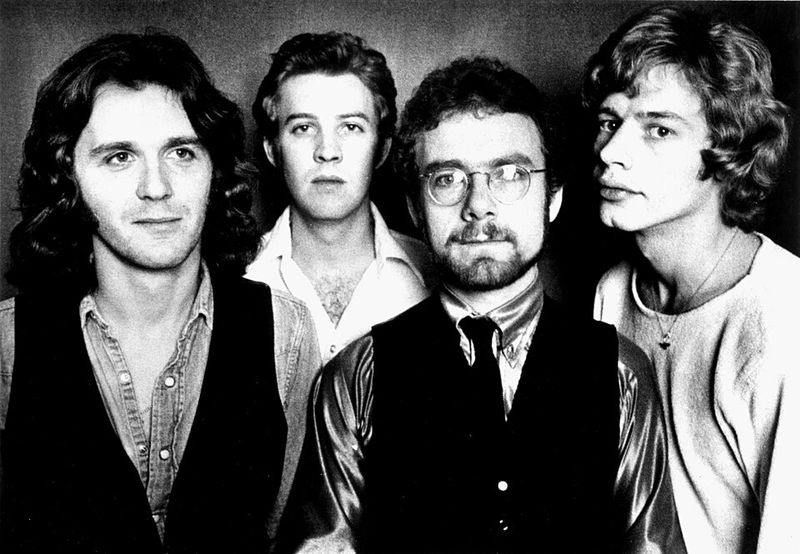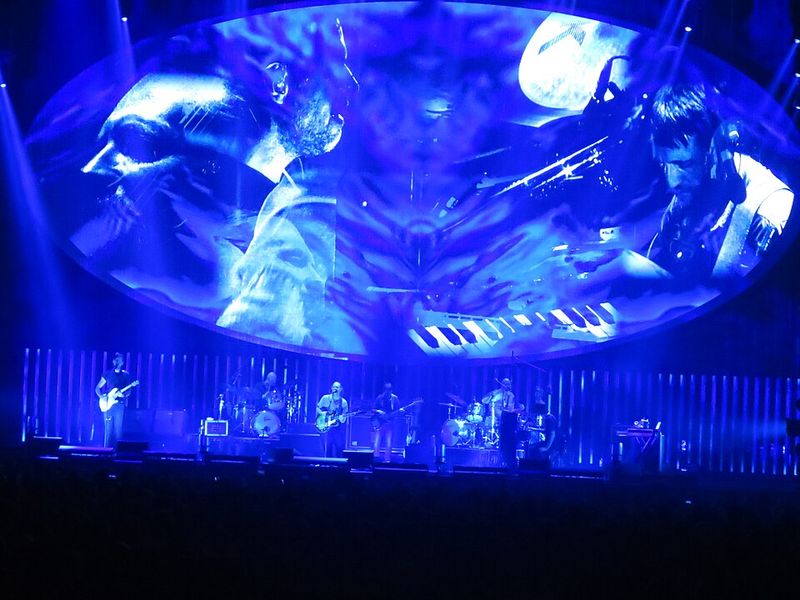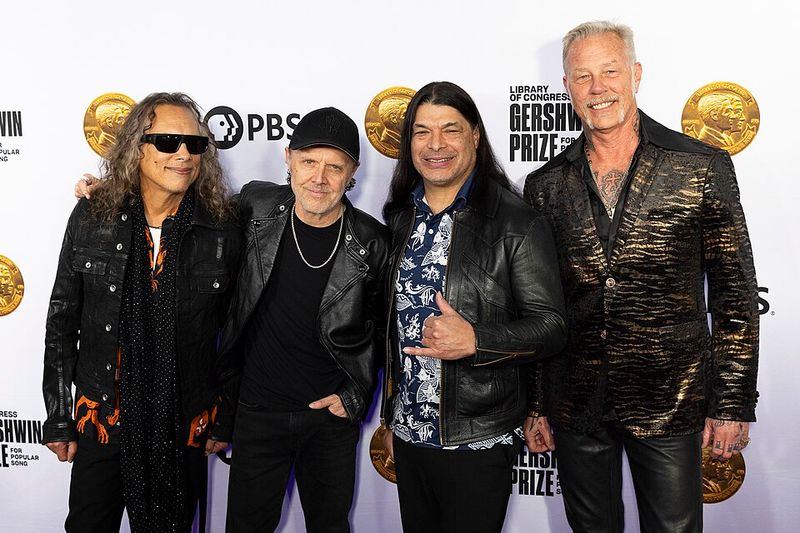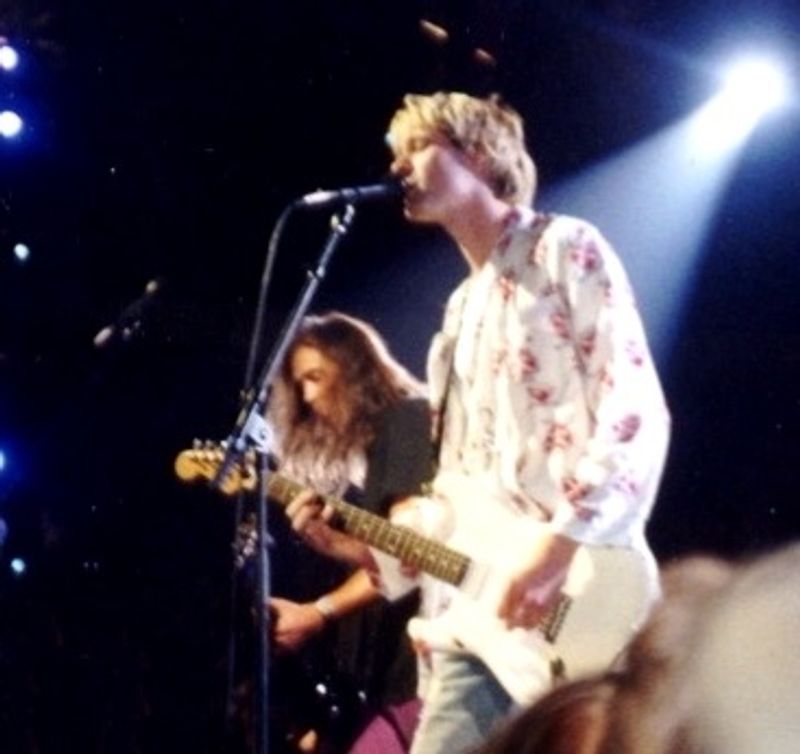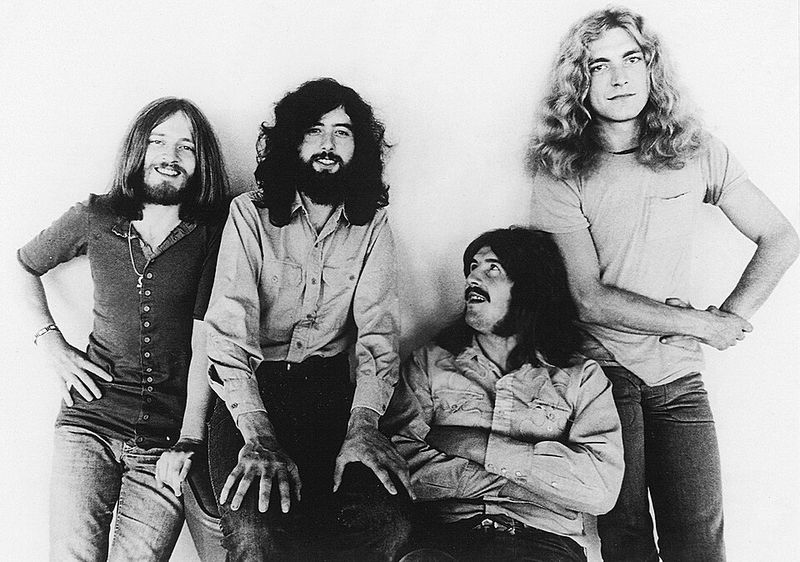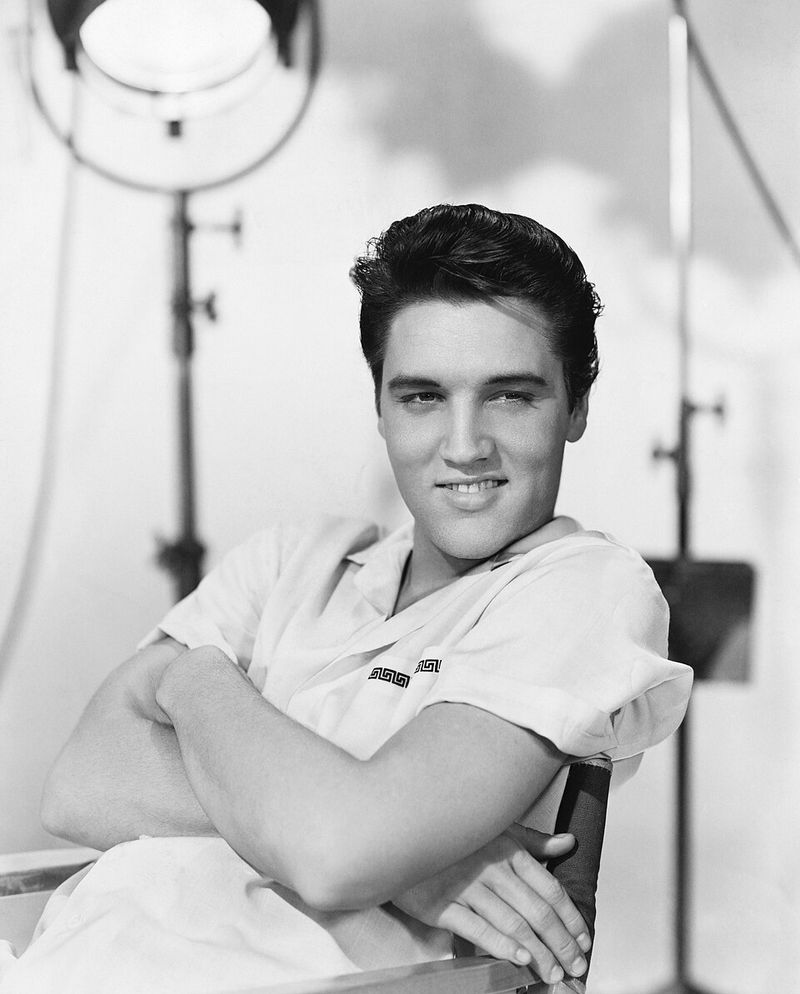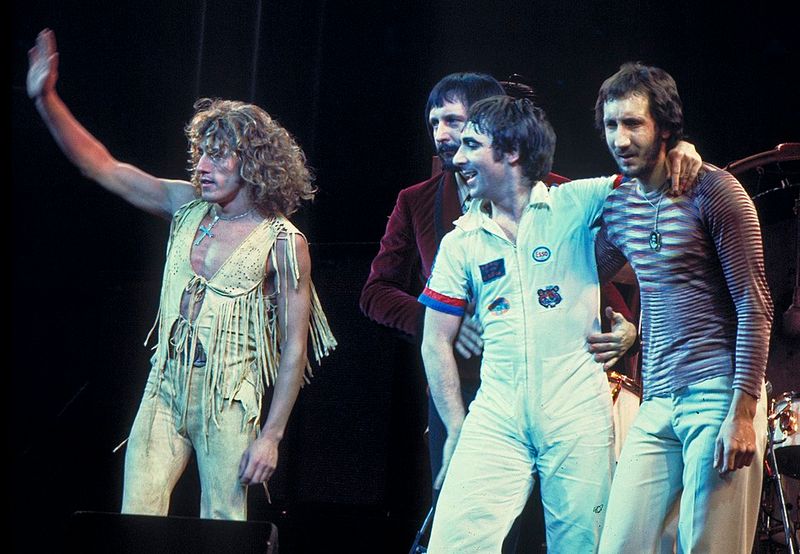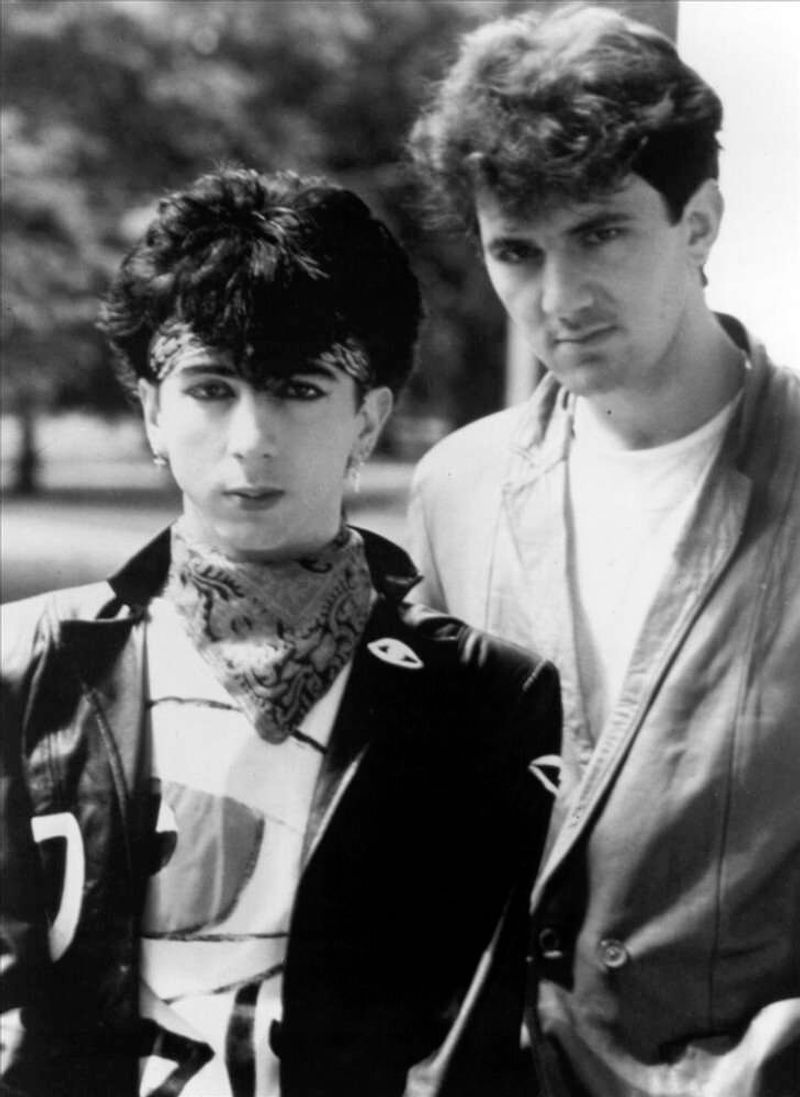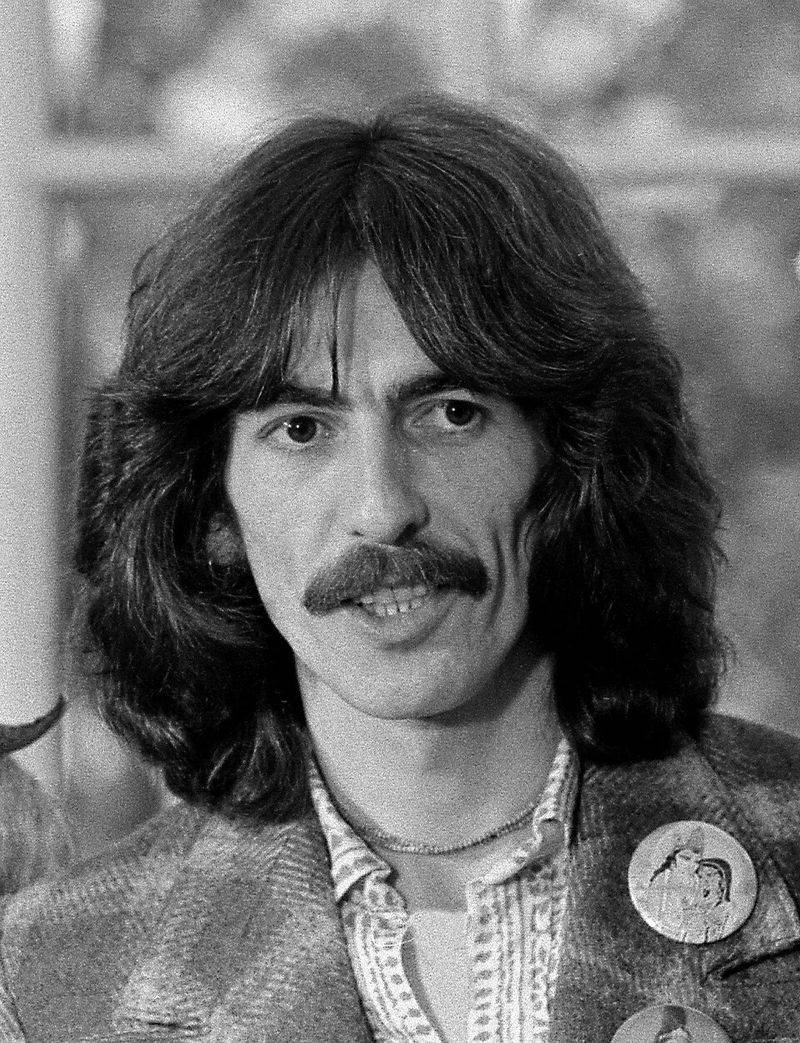Some songs become so massive that they start to define an artist more than the artist defines them. Other tracks carry emotional weight, messy backstories, or a disconnect with what the band has grown into. The result is surprising refusals to play certain classics, leaving fans puzzled and setlists conspicuously empty. Dive in to discover the stories behind 23 beloved songs that musicians sidelined, and why those choices still spark debate.
1. Creep – Radiohead
Radiohead’s breakout hit Creep catapulted them into worldwide fame, but the band quickly grew disenchanted with its weight. Thom Yorke and company felt it boxed them into a sound they had already outgrown, famously quipping that playing it felt like doing a cover. As their sonic experiments expanded, Creep seemed less a signature and more an anchor. They intermittently dropped it from setlists, confounding casual fans yet thrilling devotees of their later work. The refusal mirrored their commitment to artistic evolution over nostalgia, reinforcing a legacy of restless reinvention and deliberate distance from early identity.
2. (You Gotta) Fight for Your Right (To Party!) – Beastie Boys
The Beastie Boys originally wrote (You Gotta) Fight for Your Right (To Party!) as a parody of frat-boy excess, but many listeners embraced the anthem at face value. Disillusioned by the misinterpretation, the band distanced themselves from the track and avoided it in their setlists for years. As their artistry deepened, the comedic veneer clashed with their evolving identity and values. Their refusal highlighted how satire can backfire when stripped of context. By shelving the song live, they reclaimed their narrative, prioritizing authentic representation over easy crowd-pleasing throwbacks to a misunderstood early image.
3. Shiny Happy People – R.E.M.
R.E.M.’s Shiny Happy People became a quirky pop anomaly in their catalog, buoyed by a relentlessly upbeat hook and glossy sheen. Michael Stipe later dismissed it as fruity pop, and the band largely excised it from their concerts. The song’s tone clashed with R.E.M.’s introspective, politically tinged evolution, making it feel like an awkward outlier. Fans might clamor for nostalgia, but the group protected their broader artistic arc. By avoiding it live, R.E.M. showcased a commitment to coherence over novelty, preserving the mood and message they felt best represented their enduring, nuanced identity onstage.
4. All I Wanna Do Is Make Love to Yo – Heart
Heart scored a major hit with All I Wanna Do Is Make Love to You, but its narrative troubled Ann Wilson. She called the message hideous, citing discomfort with its story and implications. Despite commercial success, the band often avoided performing it live, prioritizing alignment with their values over chart momentum. The decision underscored Heart’s autonomy and moral compass, even when it meant sidelining a proven crowd-pleaser. In interviews, Wilson’s frank critique reframed the track as an outlier. The live omission stands as a principled act, reflecting how lyrical content can outweigh nostalgia and demand restraint.
5. Speed of Sound – Coldplay
Speed of Sound arrived amid Coldplay’s global ascent, yet Chris Martin expressed dissatisfaction with the song’s execution on stage. He remarked that they never quite got it right, and the band frequently sidelined it from setlists. While its studio polish resonated with radio, live dynamics exposed a mismatch in feel and flow. Coldplay’s penchant for immersive, communal moments may have clashed with the track’s structure. By stepping away from it, they protected the emotional continuity of their shows. The choice highlights a band unafraid to prune beloved tracks when performance chemistry and artistic standards fail to align reliably.
6. Abacab – Genesis
Abacab once roared through Genesis setlists, but during a reunion Phil Collins explained they opted not to sing it because he did not know what it is about. That candid admission encapsulated a broader distance from certain early-era abstractions. As the band curated legacy shows, clarity and connection took priority over obligation. Fans expecting a greatest-hits sweep instead encountered thoughtful omissions. Abacab’s absence emphasized intent over nostalgia, ensuring the narrative of the night aligned with songs the members could fully inhabit. The restraint revealed a mature band unafraid to leave a classic behind for coherence and conviction.
7. It’s a Long Way to the Top (If You Wanna Rock ’n’ Roll) – AC/DC
AC/DC’s It’s a Long Way to the Top (If You Wanna Rock ’n’ Roll) became emblematic of their grit and swagger, yet it vanished from setlists after Bon Scott’s death. The band treated it as a memorial boundary, a line they would not cross without the original vocalist. This act of respect resonated with fans who cherished Scott’s legacy. While occasionally referenced in tributes, the song stayed largely retired. The decision preserved its aura and honored the voice that defined it. In refusing the live reprise, AC/DC turned absence into reverence, sustaining an untouchable chapter of their history.
8. 21st Century Schizoid Man – King Crimson
King Crimson’s 21st Century Schizoid Man stands as a monumental prog statement, but the band went decades without performing it. Constant lineup changes and conceptual pivots made the piece feel tethered to a past incarnation. Robert Fripp’s evolving frameworks prioritized new material and reimagined catalogs over nostalgia. When the song did reappear, it was selective and transformed, underscoring Crimson’s fluid identity. The extended refusal testified to their anti-heritage ethos, where the live stage is a laboratory rather than a museum. For years, Schizoid Man was a ghost at the feast, revered yet withheld, reinforcing the band’s relentless reinvention.
9. Tears in Heaven – Eric Clapton
Eric Clapton’s Tears in Heaven carries profound personal grief, written in the wake of unimaginable loss. For years, Clapton retired it from live performances, citing the emotional weight that performing it reopened. While audiences felt a deep connection to its tenderness, the artist’s boundaries took precedence. The choice underscored how some songs are not entertainment so much as catharsis captured on record. Over time, he has revisited it sparingly, on his own terms. The intermittent refusal models compassionate self-care onstage, reminding listeners that trauma and healing can shape setlists as much as melody, fame, or expectation.
10. High and Dry – Radiohead
High and Dry is among Radiohead’s most accessible early tracks, but Thom Yorke has derided it as sounding like a Rod Stewart song. As their palette broadened into electronic and experimental realms, the band largely dropped it from rotation. Fans who discovered Radiohead through The Bends might long for its chiming guitars, yet the group’s later work demanded a different live architecture. Skipping High and Dry preserved continuity with their avant turn. The refusal underlines a larger principle in their career trajectory: curate the present, resist the past, and let commercial favorites fall away when they no longer fit.
11. Escape – Metallica
Metallica’s Escape was a late addition to Ride the Lightning that the band felt never aligned with their core identity. They openly said they never wanted to play it live, ever, reflecting dissatisfaction with the song’s conception and fit. For a group that treats setlists as declarations of intent, Escape became an easy omission. When performed, it was often as a novelty or special event, underscoring its outsider status. The refusal helped preserve the intensity and thematic coherence of their shows. In a catalog brimming with anthems, skipping Escape communicated standards and a refusal to dilute impact.
12. Smells Like Teen Spirit – Nirvana
Smells Like Teen Spirit exploded beyond Nirvana’s control, reshaping rock culture and expectations overnight. Kurt Cobain grew uneasy with its dominance, feeling the song overshadowed their broader artistry and threatened authenticity. As tours progressed, the band sometimes avoided it or subverted it with chaotic reinterpretations. The tension between crowd demand and artistic autonomy simmered at every show. Refusing the hit became an act of defiance against commodification. For Nirvana, the stage was a space to resist formula, even if it meant disappointing some fans. Teen Spirit’s absence spotlighted the band’s restless integrity amid overwhelming cultural pressure.
13. Stairway to Heaven – Led Zeppelin
Stairway to Heaven stands as Led Zeppelin’s towering epic, but Robert Plant has often expressed fatigue with performing it. The song’s mythos became a burden, threatening to calcify the band’s image around one piece. In later years and reunions, it appeared sparingly, if at all, to preserve its mystique and avoid rote repetition. Plant’s weariness signaled a preference for dynamism over duty. By limiting Stairway live, Zeppelin guarded against ritualization, keeping the legend alive by withholding. The scarcity transformed performances into rare events, aligning the song’s monumental reputation with equally deliberate and selective stage appearances.
14. Hit Me With Your Best Shot – Pat Benatar
Pat Benatar’s Hit Me With Your Best Shot is a quintessential radio staple, yet she stepped back from performing it amid rising concerns about gun violence and cultural context. Though metaphorical, the title and chorus felt misaligned with the moment. Benatar chose to omit it, emphasizing responsibility over tradition. Fans encountered a setlist centered on songs she could sing wholeheartedly. The decision sparked debate but showcased an artist evolving with her values. Rather than dilute meaning through repetition, she reframed her catalog in concert, privileging conscience and contemporary resonance over automatic inclusion of familiar crowd-pleasers.
15. Hound Dog – Elvis Presley
Hound Dog embodies early rock and Elvis Presley’s explosive ascent, yet certain tours in his later years leaned away from his raw 1950s blasts. Seeking a more polished Vegas-era presentation, Elvis sometimes focused on contemporary ballads and orchestrated numbers over primal rockers. While not a permanent ban, the selective avoidance showed how artists curate legacy. As Presley’s showmanship evolved, so did his priorities for pacing and tone. The choice illustrates a broader truth about icons managing vast catalogs: even defining hits can give way to a program that better reflects the performer’s current voice and staging ambitions.
16. Heinz Baked Beans – The Who
The Who Sell Out’s playful jingles and pastiches, including Heinz Baked Beans, were crafted as part of a conceptual radio-commercial tapestry. Their studio trickery and narrative interludes made them ill-suited to traditional concerts. As a result, the band rarely, if ever, performed these tracks live, keeping them as studio artifacts. The omission underscores how concept albums can resist stage translation. Rather than force awkward renditions, The Who channeled their power into more adaptable anthems. The silence around Heinz Baked Beans in setlists reveals a practical boundary between experimental constructs and the high-impact performance language the band preferred.
17. Talk – Coldplay
Talk sampled Kraftwerk’s Computer Love and became a sizable hit, but Coldplay eventually dropped it, reportedly because one band member disliked performing it. The song’s live arrangement never fully clicked with their evolving stadium dynamics and communal singalong arcs. By trimming Talk, they made space for tracks that better supported momentum and emotional flow. Coldplay’s approach treats setlists as living organisms. If a piece hampers cohesion or morale, it moves aside. The decision signals a collective ethic: consensus and chemistry matter more than chart history, ensuring shows feel unified, confident, and true to the band onstage.
18. Tainted Love – Soft Cell
Soft Cell’s Tainted Love became an inescapable signature, overshadowing deeper cuts and later reinventions. At points in their career, the duo edged away from centering it live, wary of being defined by a single cover. While they have performed it often, occasional avoidance served as a statement of range and autonomy. The tension between audience expectation and artistic identity simmered beneath each setlist decision. Skipping it transformed concerts into explorations rather than retro recitals. This selective refusal shows how a massive hit can be both asset and burden, prompting artists to recalibrate balance onstage.
19. Don’t You (Forget About Me) – Simple Minds
Don’t You (Forget About Me) delivered Simple Minds a global anthem tied to The Breakfast Club, yet it complicated their self-definition. Because it was written externally, the band sometimes resisted its dominance, preferring original statements from their albums. Over various tours, they alternated between embracing and sidelining it, asserting control over setlist identity. The push and pull underscores how signature songs can feel like borrowed clothes. By occasionally refusing it, Simple Minds reminded audiences of the broader catalog. The song’s live presence became a negotiation, balancing cultural memory with the band’s evolving creative center.
20. Free Fallin’ – Tom Petty
Free Fallin’ is beloved for its open-hearted simplicity, but Tom Petty sometimes limited its presence in later setlists. The song’s ubiquity risked turning shows into nostalgia loops, and Petty preferred dynamic pacing and deeper cuts to keep concerts alive. Strategic omission kept the performance fresh for both artist and audience. While hardly abandoned, its scarcity underscored Petty’s instinct for balance over obligation. By making Free Fallin’ an event rather than a guarantee, he reasserted control of the narrative, letting the night breathe and his wider songwriting shine without being eclipsed by a single mega-hit.
21. Like a Virgin – Madonna
Madonna’s Like a Virgin defined an era, yet the superstar has frequently avoided including it in later tours. Evolving stage concepts and personal reinventions made the early hit feel like a costume she had outgrown. When she revisits it, the framing is often subversive, underscoring control over her own narrative. More often, she sets it aside, maintaining focus on contemporary themes and sonic updates. The selective refusal is a declaration of agency, signaling that reinvention outranks nostalgia. For an artist built on transformation, leaving Like a Virgin off the set can be the truest statement of intent.
22. My Sweet Lord – George Harrison
My Sweet Lord fused spiritual yearning with pop radiance, but George Harrison’s relationship with it grew complicated over time. Legal entanglements and the song’s devotional context made live performance feel fraught. Later tours often sidelined it in favor of material that felt less encumbered and more current to his state of mind. Harrison’s restraint protected the sanctity of both the music and the message, avoiding casual commodification. Fans might have wished for its inclusion, yet the omission honored his boundaries. The choice reflects how personal belief and legal baggage can decisively shape a legacy artist’s setlist.
23. Forever Young – Rod Stewart
Rod Stewart’s catalog brims with singalongs, but he has admitted to avoiding some older hits when they no longer reflect his present self. Forever Young has at times seen reduced appearances as he favors material that suits his current voice and outlook. The choice keeps shows vibrant and honest rather than perfunctory. Stewart’s calculus weighs crowd expectations against personal authenticity. By trimming certain staples, he preserves enthusiasm and vocal comfort, ensuring performances feel lived-in rather than obligatory. That willingness to edit venerable favorites shows a veteran artist managing legacy with intention and care, night after night.
